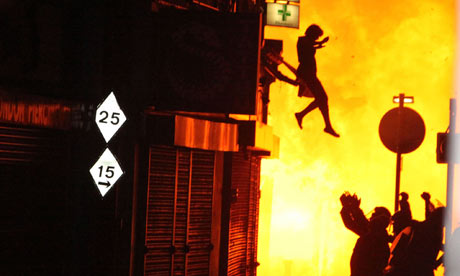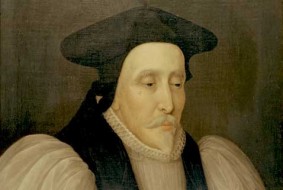Bunyan was born in 1628 near Bedford. He lived through the turbulent civil war years and came to faith after years of struggling to reform his life by his own efforts. He joined an independent congregation and became a popular preacher. After the restoration of Charles II in 1606 the authorities feared that radical preaching by unlicensed ministers might threaten the peace of the realm. When Bunyan refused to stop preaching, he was sentenced to spend twelve years in Bedford prison and it was here that he wrote Pilgrim’s Progress.
The Book is prose allegory of the progress of the soul from the city of the destruction to the heavenly city. Our hero ‘Christian’ is accompanied by ‘Faithful’ and ‘Hopeful’ and faces many challenges along the way. One such is when imprisoned in ‘Doubting Castle’ by the ‘Giant Despair’. A situation that Bunyan would have known all too well…
“Now a little before it was day, good Christian, as one half amazed, brake out in this passionate speech, ‘What a fool,’ quoth he, ‘Am I, thus to lie in a stinking dungeon, when I may as well walk at liberty. I have a key in my bosom, called promise that will (I am persuaded) open any lock in Doubting Castle’...and Christian began to try at the dungeon door, the lock was damnable hard but the key did open it and they made their escape with speed and came to the King’s Highway again.”
Prison Chaplaincy







